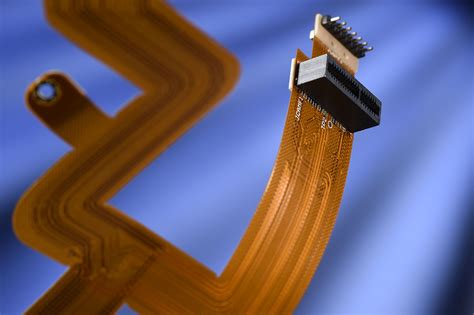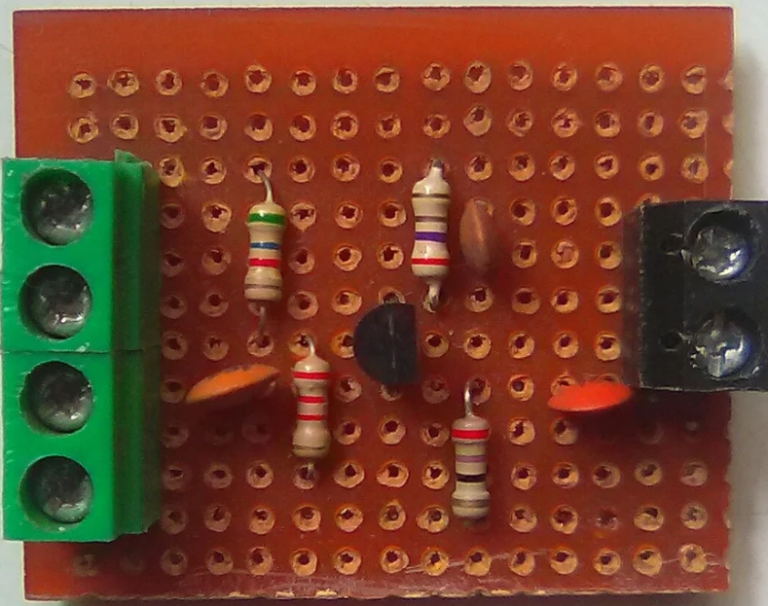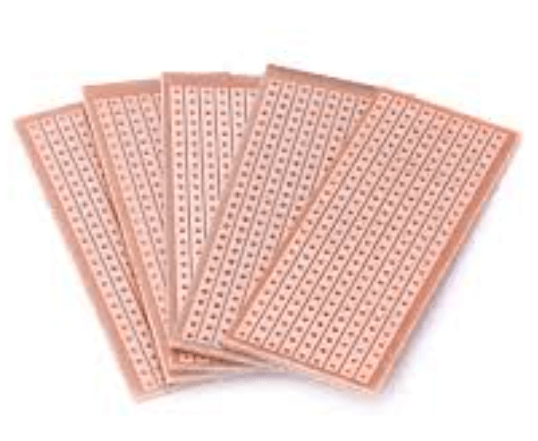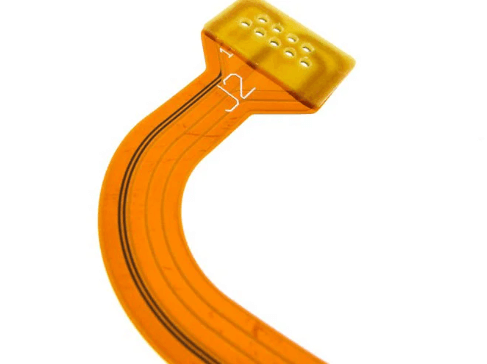Flex pcb fr4 stiffener
Advantages Of Using FR4 Stiffeners In Flex PCB Design
In the realm of modern electronics, the design and implementation of flexible printed circuit boards (flex PCBs) have become increasingly prevalent due to their adaptability and space-saving benefits. A critical component that enhances the functionality and durability of flex PCBs is the FR4 stiffener. Understanding the advantages of using FR4 stiffeners in flex PCB design is essential for engineers and designers aiming to optimize their electronic products.
To begin with, FR4 stiffeners provide significant mechanical support to flex PCBs.
Flex PCBs, by their very nature, are designed to bend and flex, which can sometimes lead to mechanical stress and potential damage in areas that require rigidity. By incorporating an FR4 stiffener, these areas are reinforced, thereby reducing the risk of damage during installation or operation. This reinforcement is particularly beneficial in connectors or component mounting areas, where additional support is crucial to maintain the integrity of the connections.
Moreover, FR4 stiffeners contribute to the overall reliability of the flex PCB.
The stiffener acts as a stabilizing element, ensuring that the flex PCB maintains its shape and alignment during both the manufacturing process and its operational life. This stability is vital in applications where precision and reliability are paramount, such as in medical devices or aerospace technology. By providing a stable platform, FR4 stiffeners help prevent misalignment and potential failures, thereby enhancing the overall reliability of the device.
In addition to mechanical support and reliability, FR4 stiffeners also facilitate easier handling and assembly of flex PCBs.
The rigidity provided by the stiffener simplifies the process of inserting the flex PCB into connectors or housings, reducing the likelihood of errors or damage during assembly. This ease of handling is particularly advantageous in high-volume manufacturing environments, where efficiency and speed are critical. By streamlining the assembly process, FR4 stiffeners contribute to reduced production times and costs.
Furthermore, the use of FR4 stiffeners can improve the thermal management of flex PCBs.
While flex PCBs are known for their excellent thermal properties, certain applications may require additional heat dissipation capabilities. FR4 stiffeners can be strategically placed to aid in heat distribution, thereby preventing hotspots and ensuring the consistent performance of the electronic components. This thermal management capability is especially important in high-power applications, where excessive heat can lead to component failure or reduced lifespan.
Another notable advantage of FR4 stiffeners is their cost-effectiveness.
FR4 material is widely available and relatively inexpensive compared to other stiffening options. This affordability makes it an attractive choice for designers looking to enhance the performance of their flex PCBs without significantly increasing production costs. Additionally, the use of FR4 stiffeners can lead to cost savings in the long run by reducing the likelihood of damage and the need for repairs or replacements.
In conclusion, the integration of FR4 stiffeners in flex PCB design offers a multitude of advantages, including enhanced mechanical support, improved reliability, easier handling and assembly, better thermal management, and cost-effectiveness. These benefits make FR4 stiffeners an indispensable component in the design and manufacturing of high-performance flex PCBs, ultimately contributing to the development of more robust and reliable electronic devices. As technology continues to advance, the role of FR4 stiffeners in flex PCB design will undoubtedly remain crucial, supporting the ever-growing demand for innovative and efficient electronic solutions.

How To Choose The Right FR4 Stiffener For Your Flex PCB
When designing a flexible printed circuit board (PCB), one of the critical considerations is the incorporation of an FR4 stiffener. This component plays a vital role in enhancing the mechanical stability and reliability of the flex PCB, especially in applications where the board is subject to mechanical stress or requires additional support for component mounting. Selecting the appropriate FR4 stiffener involves understanding its function, material properties, and the specific requirements of your application.
To begin with, it is essential to comprehend the primary function of an FR4 stiffener in a flex PCB.
Unlike rigid PCBs, flex PCBs are designed to bend and flex, which can be advantageous in applications requiring dynamic movement or space-saving configurations. However, this flexibility can also be a drawback when certain areas of the board need to remain rigid to support components or connectors. An FR4 stiffener provides the necessary rigidity in these areas, ensuring that the flex PCB maintains its structural integrity and performs reliably under various conditions.
When choosing an FR4 stiffener, one must consider the material properties of FR4 itself.
FR4 is a composite material made from woven fiberglass cloth with an epoxy resin binder that is flame resistant. It is known for its excellent mechanical strength, electrical insulation properties, and thermal stability. These characteristics make it an ideal choice for stiffeners in flex PCBs, as it can withstand the mechanical stresses and thermal cycles that the board may encounter during its lifecycle. Additionally, the thickness of the FR4 stiffener can be varied to provide the desired level of rigidity, allowing for customization based on the specific needs of the application.
Another crucial factor to consider is the placement of the FR4 stiffener on the flex PCB.
The stiffener should be strategically positioned in areas that require additional support, such as under connectors, components, or mounting points. This ensures that the flex PCB can handle mechanical stresses without compromising its performance. Moreover, the size and shape of the stiffener should be carefully designed to fit within the constraints of the overall PCB layout, avoiding interference with other components or traces.
Furthermore, it is important to evaluate the environmental conditions that the flex PCB will be exposed.
Factors such as temperature fluctuations, humidity, and exposure to chemicals can affect the performance of both the flex PCB and the FR4 stiffener. Therefore, selecting an FR4 material with appropriate environmental resistance is crucial to ensure long-term reliability. Additionally, considering the thermal expansion properties of the FR4 stiffener in relation to the flex PCB material can help prevent issues such as delamination or warping.
In conclusion, choosing the right FR4 stiffener for your flex PCB involves a careful assessment of the material properties, placement, and environmental conditions. By understanding the role of the stiffener and considering these factors, you can enhance the mechanical stability and reliability of your flex PCB, ensuring it meets the demands of your specific application. As technology continues to advance, the importance of selecting the appropriate components for your PCB design cannot be overstated, and the FR4 stiffener is no exception.
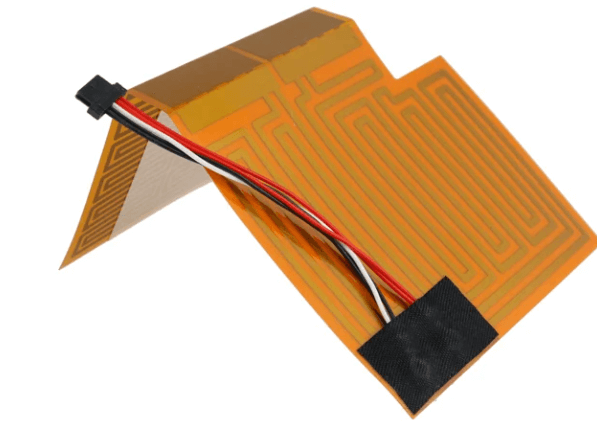
Manufacturing Process Of Flex PCBs With FR4 Stiffeners
The manufacturing process of flexible printed circuit boards (PCBs) with FR4 stiffeners is a sophisticated procedure that combines the flexibility of polyimide substrates with the rigidity of FR4 materials. This combination is essential for applications requiring both flexibility and structural support, such as in complex electronic devices where space constraints and mechanical stability are critical. Understanding the intricacies of this process begins with the selection of appropriate materials. Polyimide is typically chosen for its excellent thermal stability and flexibility, while FR4, a glass-reinforced epoxy laminate, is selected for its rigidity and strength.
The process commences with the design phase, where engineers meticulously plan the circuit layout, taking into account the specific requirements of the application.
This design is then transferred onto the polyimide substrate using advanced photolithography techniques. During this stage, a photosensitive resist is applied to the substrate, and ultraviolet light is used to etch the desired circuit pattern. This step is crucial as it defines the electrical pathways that will be used in the final product.
Following the patterning, the next step involves the deposition of conductive materials, typically copper, onto the substrate.
This is achieved through electroplating or electroless plating methods, which ensure a uniform and reliable conductive layer. The copper layer is then etched to remove any excess material, leaving behind the precise circuit traces as per the design specifications. This etching process is critical for ensuring the electrical integrity and performance of the flex PCB.
Once the circuit traces are established, the focus shifts to the integration of the FR4 stiffeners.
The stiffeners are strategically placed on areas of the flex PCB that require additional support, such as connector regions or areas subject to mechanical stress. The attachment of FR4 stiffeners is typically achieved through adhesive bonding or thermal lamination. Adhesive bonding involves the application of a high-performance adhesive that secures the stiffener to the polyimide substrate, while thermal lamination uses heat and pressure to bond the materials together. Both methods ensure a robust connection that enhances the mechanical stability of the flex PCB.
Quality control is an integral part of the manufacturing process, ensuring that each flex PCB with FR4 stiffeners meets stringent industry standards.
This involves rigorous testing procedures, including electrical testing to verify circuit functionality and mechanical testing to assess the durability of the stiffener integration. These tests are vital for identifying any defects or inconsistencies that could compromise the performance of the final product.
Finally, the completed flex PCBs are subjected to a thorough inspection process before being packaged and shipped to customers.
This inspection ensures that all specifications have been met and that the product is ready for deployment in its intended application. The combination of flexibility and rigidity provided by the polyimide substrate and FR4 stiffeners makes these PCBs ideal for a wide range of applications, from consumer electronics to aerospace technologies.
In conclusion, the manufacturing process of flex PCBs with FR4 stiffeners is a complex yet essential procedure that requires precision and expertise. By carefully selecting materials, employing advanced fabrication techniques, and adhering to strict quality control measures, manufacturers can produce high-performance PCBs that meet the demanding requirements of modern electronic devices.
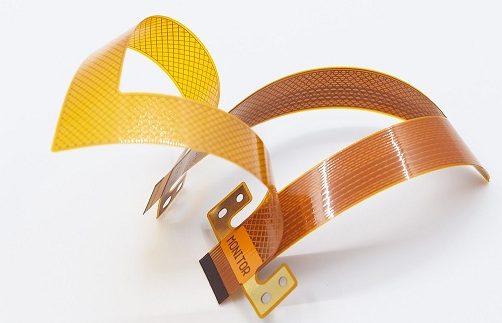
Common Applications Of Flex PCBs With FR4 Stiffeners
Flex PCBs, or flexible printed circuit boards, have become a cornerstone in modern electronics due to their versatility and ability to conform to complex shapes. When combined with FR4 stiffeners, these flexible circuits offer enhanced mechanical support and stability, making them suitable for a wide range of applications. Understanding the common applications of flex PCBs with FR4 stiffeners can provide insight into their growing importance in various industries.
One of the primary applications of flex PCBs with FR4 stiffeners is in the consumer electronics sector.
Devices such as smartphones, tablets, and laptops require compact and reliable circuit solutions to accommodate their sleek designs. The integration of FR4 stiffeners in flex PCBs provides the necessary rigidity in specific areas, such as connector regions, ensuring that the circuits can withstand repeated mechanical stress without compromising performance. This combination allows manufacturers to design thinner and lighter devices without sacrificing durability or functionality.
In addition to consumer electronics, the automotive industry has also embraced the use of flex PCBs with FR4 stiffeners.
Modern vehicles are equipped with numerous electronic systems, from infotainment and navigation systems to advanced driver-assistance systems (ADAS). These systems demand robust and flexible circuit solutions that can endure the harsh conditions within a vehicle, such as temperature fluctuations and vibrations. Flex PCBs with FR4 stiffeners offer the perfect solution by providing the necessary flexibility to fit into tight spaces while maintaining the structural integrity required for reliable performance over the vehicle’s lifespan.
Moreover, the medical field has seen significant advancements with the adoption of flex PCBs with FR4 stiffeners.
Medical devices, such as wearable health monitors and implantable devices, require circuits that can conform to the human body’s contours while remaining reliable and safe. The use of FR4 stiffeners in these applications ensures that critical areas of the circuit are protected from mechanical stress, thereby enhancing the device’s longevity and reliability. This capability is crucial in medical applications where device failure can have serious consequences.
Furthermore, the aerospace and defense industries benefit from the unique properties of flex PCBs with FR4 stiffeners.
In these sectors, electronic systems must operate reliably under extreme conditions, including high altitudes, intense vibrations, and wide temperature ranges. Flex PCBs with FR4 stiffeners provide the necessary balance between flexibility and rigidity, allowing for the design of lightweight and compact systems that can withstand the rigors of aerospace and defense environments. This adaptability is essential for applications such as satellite systems, avionics, and military communication devices.
In conclusion, the integration of FR4 stiffeners in flex PCBs has expanded their applicability across various industries, each with its unique set of requirements. From consumer electronics to automotive, medical, aerospace, and defense applications, flex PCBs with FR4 stiffeners offer a versatile and reliable solution for modern electronic systems. As technology continues to advance, the demand for these innovative circuit solutions is expected to grow, further solidifying their role in the future of electronics. By providing the perfect blend of flexibility and rigidity, flex PCBs with FR4 stiffeners are poised to meet the evolving needs of diverse industries, ensuring their continued relevance and importance in the years to come.

